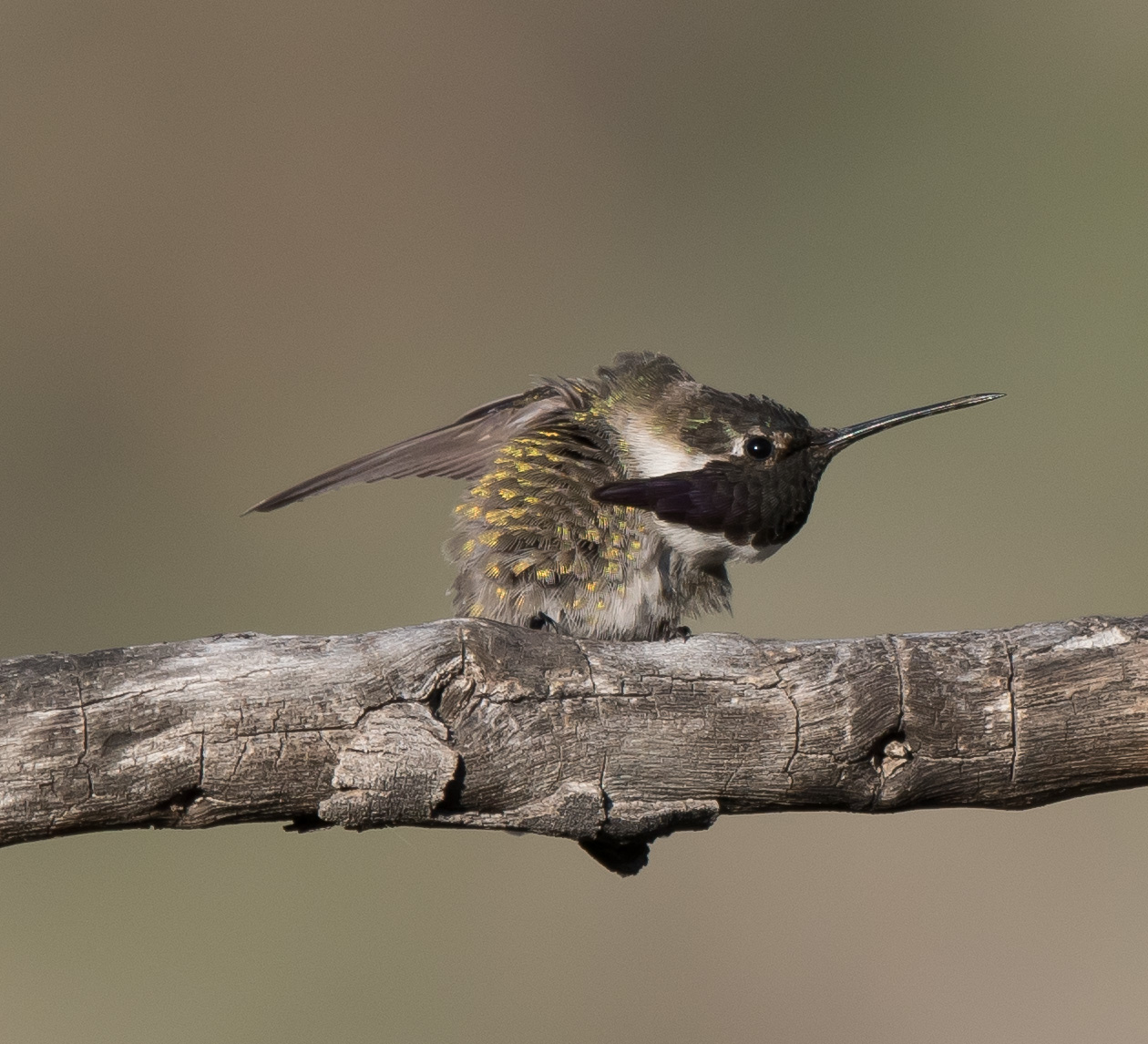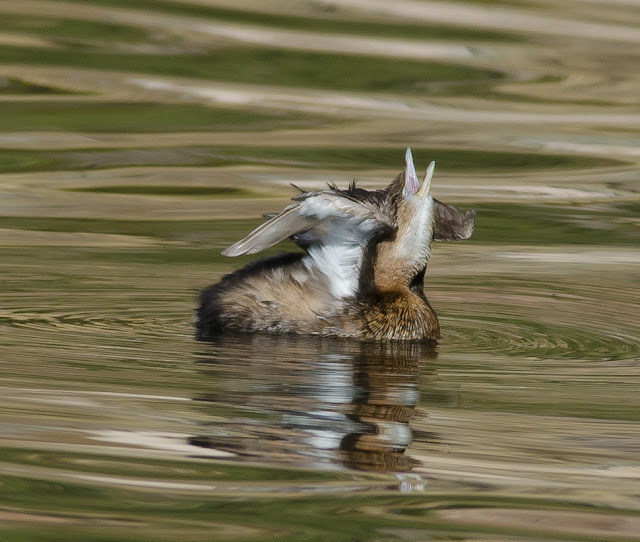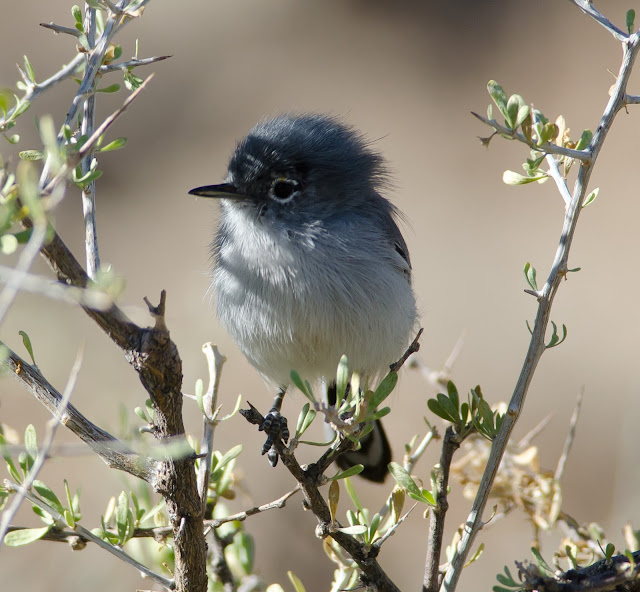Saturday October 26th and where should I go? Since my last trip to the lower Salt River Area was shortened, I decided to go out and start at the far end at Butcher Jones Beach Recreation Area of Saguaro Lake. A Tonto Forest permit is required to go to all the places along the Salt River and this is no exception. Passes can be purchased in Mesa before heading out to any of these locations.
I arrived early as usual when the birds are beginning to wake from the night. It was chilly being near the water and as usual, I began my trek by taking the hiking trail that follows the north and eastern shore of the lake and shortly I came across a Cactus Wren in the process of building a nest. I doubt if this was a nest for breeding purposes at this time of the year, but perhaps more of a roosting nest to be used during the winter months. I had witnessed the same behavior by another pair but in a different location the weekend before. It is amazing how much nesting material they can accumulate in their beak at each trip in returning to the nest.
Cactus Wren
Cactus Wren
Throughout the edges of the lake and in the cattails, the Marsh Wrens were being their typical self in announcing they had returned for the winter and were claiming their piece of turf. Always readily heard but very elusive in being seen, this bird has always been one of my favorite winter birds in Arizona. Finally along the trail that follows a finger of the lake that reaches up into one of the canyons a couple were being very vocal and since the cattails were in a narrow strip in the lake, and the trail was right along the edge where it abruptly had steep sides that were filled with mesquite, these birds were foraging not only in the reeds, but the mesquites as well and were a bit easier to see.
Marsh Wren
Marsh Wren
Across this finger of the lake a female Belted Kingfisher found a tree that it preferred over the one that I flushed it from on my side of the water. This species is notoriously skittish and definitely like to keep their distance from humans. Once in a while they will allow a closer approach, but not often. Even at a distance, I still enjoy shooting a couple of photos just to document my sighting of them. This is another bird that visits us in winter and is admired by almost all birders.
Belted Kingfisher - Female
On the trail when returning to the beach area a few White-crowned Sparrows were found foraging on or near the ground. There are about 5 subspecies of this bird and only recently have I tried to start learning the differences in the 2 subspecies most often seen in Arizona, oriantha and gambelli. This bird in the photo is gambelli which has an orangish/yellow bill and a whitish/light gray supraloral.
White-crowned Sparrow (gambelli)
Once I returned to the beach area and was preparing to move on to another spot, a very vocal pair of Black Phoebes decided to be very cooperative with me. This is a bird seen all year in Arizona just about anywhere near some kind of water. By now the sun had risen and was really highlighting their dynamic pattern.
Black Phoebe
Black Phoebe
After leaving Butcher Jones Beach, I decided to stop by the marina area to see what I might find. It was quickly filling up with people so I did not stay long. But I did manage to find a trio of Pied-billed Grebes, which are common but so likable and with the sun behind me while I was trying to capture a photo or two, one of them decided it was time for a stretch and I got a nice sequence of photos of it during that short time frame.
Pied-billed Grebe
And finally, one more photo of one of these cuties that swam right up near to where I was standing which created a nice reflection off the blue sky.
Pied-billed Grebe
Definitely a great morning with some great common birds and watching and observing them in their natural habitats.






























































